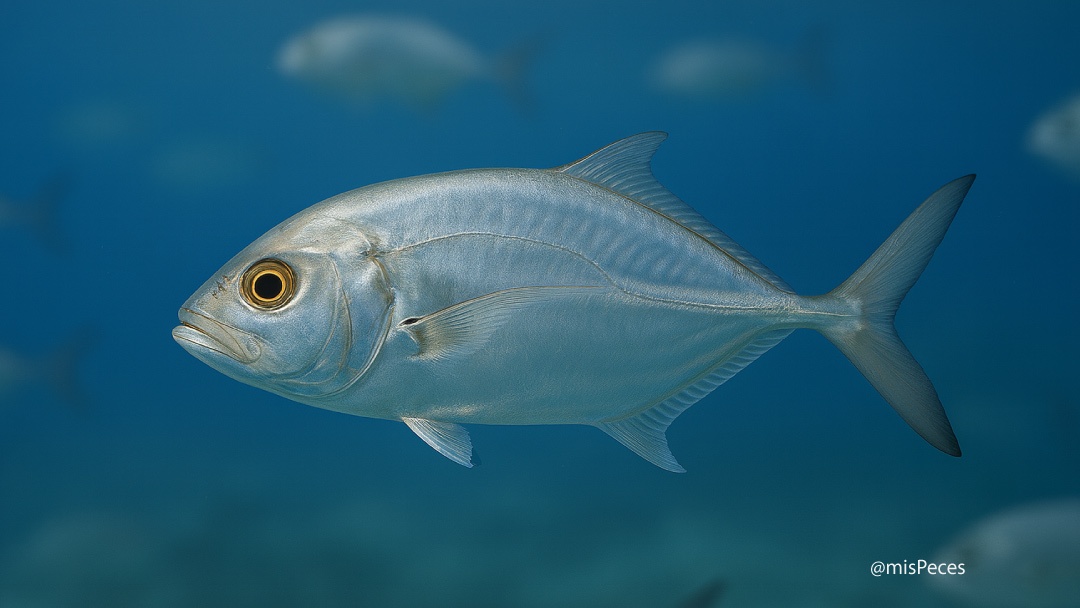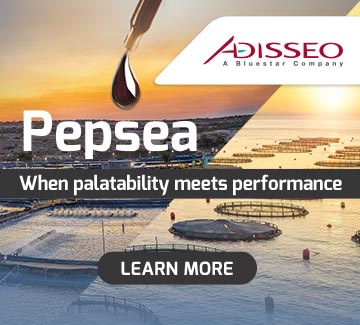
The Recirculating Aquaculture System (RAS) is regarded as the future of fish production for high-value species such as the greater amberjack (Seriola dumerili), the Senegalese sole (Solea senegalensis) and the turbot (Scophthalmus maximus). In this new generation of land-based aquaculture, while good facility and system design remain important, the most valuable asset is the data panel that reveals how to extract the fish’s maximum performance.
Across Europe, the industry has rapidly adopted RAS technology to farm Atlantic salmon, sole and turbot — and, more recently, greater amberjack, a species for which there are still no robust or extensive grow-out records at commercial scale in recirculating systems, unlike the others.
This lack of reliable operational data makes such information one of the most coveted resources in the sector, and a sensitive target for potential industrial espionage. Today, the real competition is not fought over tanks or filters, but over the numbers hidden in spreadsheets and servers.
The difference between a profitable RAS facility and one that sinks under its own operating costs often lies in a handful of performance indicators achieved only after years of trial and error.
The first of these is the Feed Conversion Ratio (FCR) — the figure that shows how many kilograms of feed are needed to produce one kilogram of fish. Reducing the amberjack’s FCR from a typical 1.2 to an exceptional 0.95 may appear minor, but that small difference represents millions of euros saved in feed. Knowing that figure — and the conditions that make it possible — provides a direct shortcut to a competitor’s know-how: the diet composition, the timing and frequency of feeding, and the operational environment that sustains it.
Another closely guarded secret is the Critical Biomass Threshold, the density limit beyond which fish cease to grow efficiently and begin to suffer from stress or disease. This figure defines the invisible line between profitability and loss. Reaching it demands months of data collection and costly lessons often involving mortalities. Should a competitor gain access to this information, they could bypass years of experimentation and instantly apply optimal stocking densities.
Energy Efficiency completes this trio of strategic information. RAS facilities consume vast amounts of electricity to pump, oxygenate and regulate water temperature. The precise number of kilowatt-hours required to produce one kilogram of fish is a direct indicator of the plant’s engineering quality. A low energy ratio signals a structural advantage that others would be eager to replicate without undergoing the same innovation process.
In today’s digital age of aquaculture, the battle for leadership is no longer fought at sea — it takes place in the data, now the new frontier of biosecurity. Protecting the confidentiality of these operational figures has become as crucial as protecting fish from pathogens. Losing control of such data is equivalent to handing over a company’s intellectual DNA — the result of years of research, experimentation and experience.
As the RAS revolution continues to evolve, companies must recognise that cybersecurity is now an essential component of biosecurity. The next major leak in aquaculture may not come from a broken pipe, but from a spreadsheet.


